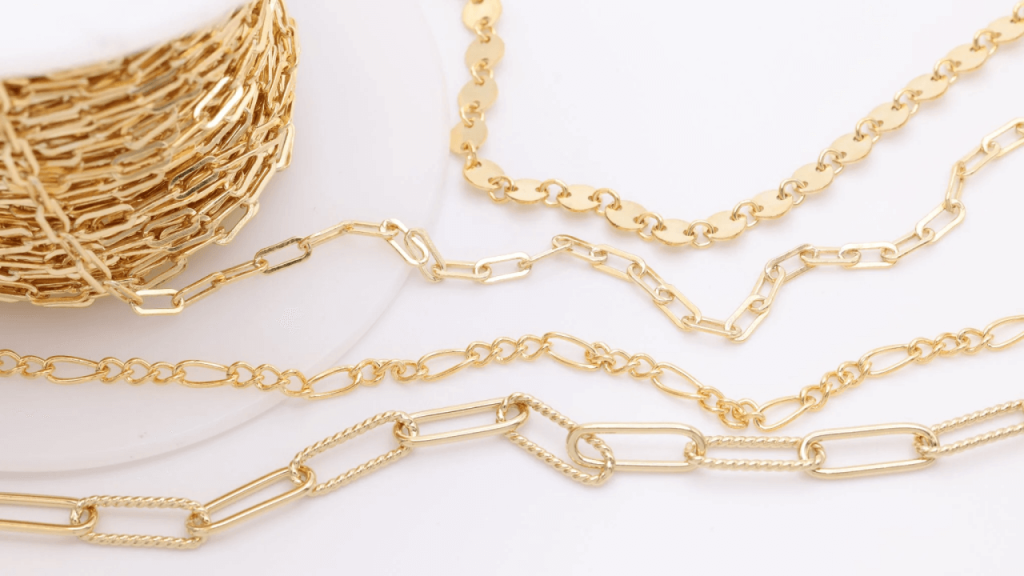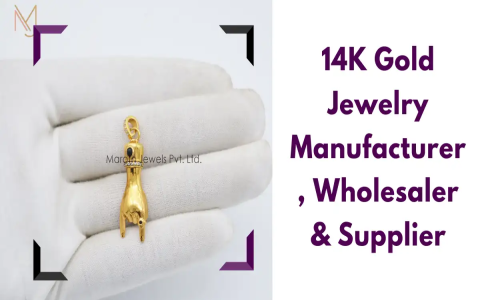Alright, let’s talk about jewelry markups. This whole thing got started when I was looking for a gift, you know? Wandering through stores, looking online, and the prices were all over the place. It really made me scratch my head. I thought, “Okay, how much are they really making on this stuff?” I’m the kind of person who likes to understand how things work, especially when my money’s involved. So, I decided to do a little digging myself, just to satisfy my own curiosity.

First thing I did was just walk around. I went into those big, fancy mall stores. You know the ones, bright lights, glass cases, very serious-looking staff. Then I checked out some smaller, independent jewelers, the kind tucked away on side streets. I also spent a good amount of time browsing online, comparing what looked like similar pieces.
I started paying attention to the basics. Like, a simple gold chain. I tried to find similar weights and karats across different sellers. I even looked up the daily price of gold, just the raw material cost, to get a baseline. It wasn’t exact science, obviously, because you’ve got craftsmanship and other things, but it gave me a starting point.
Then I looked at pieces with stones. Diamonds, mostly, because they’re common. Again, I compared similar specs – carat, cut, clarity, color – wherever possible. It got tricky fast because stones can vary so much, and how they’re set matters too.
What I Started Noticing
Okay, so after all this looking around and comparing, a few things became pretty clear. The markup isn’t one single number. It’s all over the map, really. Here’s kinda what I pieced together from my poking around:
- Simple stuff, like plain gold or silver chains/bands: These seemed to have the lowest markup, relatively speaking. Still significant, mind you. I figured maybe double or triple the raw material cost, sometimes a bit more. The making of it is pretty straightforward usually.
- Mass-produced items with small stones: Things you see everywhere, maybe with tiny diamonds or common gemstones. The markup here felt higher. Maybe because the individual material cost is lower, but they add up, plus design and branding kick in.
- Brand Name factor: This was a big one. Big, famous brands? Huge difference. You’re paying a lot for that little box and the name attached. The markup felt like it could easily be 5 times, 10 times, or even more compared to a similar non-branded piece. It’s about the prestige, the marketing, the whole experience they build.
- Independent Jewelers vs. Big Chains: This was interesting. Sometimes the independent guys had better prices for comparable quality, especially for more standard items. But sometimes, for unique, handcrafted stuff, their prices reflected that intense labor and artistry, which is fair. Big chains often had sales, but their starting prices often felt higher to begin with, probably covering their massive overheads like mall rent and advertising.
- Custom Work: If you get something made just for you, expect to pay a premium. You’re paying for the designer’s time, the goldsmith’s specific labor, and the uniqueness. The markup percentage might not be insane, but the overall cost reflects the bespoke nature.
- Diamonds vs. Other Gems: Diamonds, especially high-quality ones, carry a hefty markup. There’s a whole industry built around their perceived value. Other gemstones can vary wildly depending on rarity and demand.
So, what’s the bottom line from my little investigation? There’s no easy answer like “jewelry markup is always X percent.” It depends heavily on what you’re buying, where you’re buying it, and who made it. Brand names add a massive premium. Simpler items generally have lower markups than complex or heavily branded pieces. You also have to remember jewelers have costs – rent, staff, security, insurance, the cost of holding expensive inventory, marketing. It’s not pure profit.

For me, figuring this out wasn’t about feeling ripped off. It was just about understanding the game. Now when I look at jewelry, I feel like I have a slightly better sense of what I’m paying for – the materials, the labor, the brand, or the store’s location. It just helps make a more informed choice, you know?

